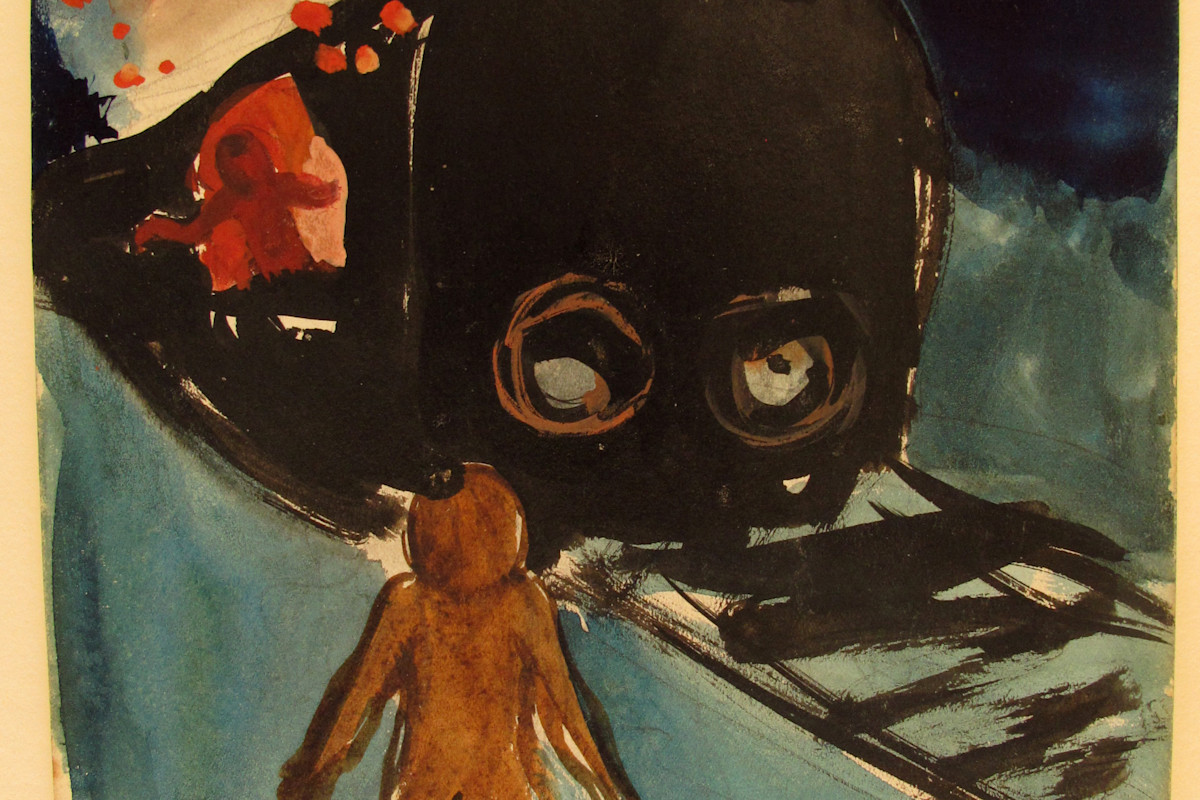During the Second World War, 25.490 Jews and 353 Roma were deported from the Dossin Barracks in Mechelen, the vast majority to Auschwitz-Birkenau. The tracks next to the barracks have long since disappeared. On the square in front of the current museum stands a goods wagon, a reminder of the last transports from Mechelen.
EUROPALIA is organising the conference Trains and the Holocaust at this place of memorial, in collaboration with the Auschwitz Foundation and Kazerne Dossin. Open to a broad public, the conference will examine the role and image of the train, which evolved from a symbol of modernity to an instrument of genocide.
How did the Dossin barracks function as an assembly camp and how was the deportation of these innocent victims carried out? Aspects that will be addressed include the ambush of the 20th convoy in Boortmeerbeek (the only deportation train ever stopped by the Resistance), the responsibility of various public authorities, commemorative practices such as the 'Judenrampe' in Auschwitz-Birkenau, and present-day educational projects addressing deportation and trains.
The lectures and roundtable discussions will be complemented by visual materials, witness accounts and artistic interventions. In addition, the co-organiser Auschwitz Foundation will present its documentary Deported from Mechelen to Auschwitz.
The conference will be held in English.
Discover the complete programme here
PROGRAMME
9:00: Registration
9:30: Welcome and introduction by moderator Annelies Beck
Session 1: Departure – Intro by moderator
9:50 – 10:10: Deportation from the Dossin barracks 1942-1944 - Laurence Schram
10:10 – 10:30: A lesser - or a greater evil? The National Railway Company of Belgium and deportations during the Second World War - Nico Wouters
10:30 -10:50: Q&A
10:50 – 11:10: coffee break
11:10 – 11:40: Three moments in the deportation history of Belgium and Northern France:
Three key aspects, characteristics and events of the deportation of Jews and Roma from Belgium and Northern France:
● Left Behind: the deportation rate of forced slave labourers and their families -
Dorien Styven
● Save the children (11 September, 1942) - Grégory Célerse
● The attack on the 20th convoy - Koen Aerts
11:40 – 12:00: Q&A
12:00 – 13:00: Lunch break
Session 2: Changing images on trains
13:00 – 13:20: From “passenger car” to “wagon”: the misleading deception of deportation - Johan Puttemans
13:20-13:30: Q&A
13:30 – 13:45: moving to Zachor Room
13:45 – 14:10: Alicja Gescinska - Zachor Room
14:10 – 14:25: Moving back to the Museum
14:25 – 14:50: Q&A
14:50 – 15:10: Coffee break
15:10 - 16:00 Session 3: Roundtable on the representation of trains and stations in Holocaust memory
From a symbol of progress to a genocidal tool - Frédéric Crahay
Tracks and Traces of Deportation
The train of 1000 - Hannes Vanwymelbeke
16:00 – 17:00 The importance of witnesses and the screening of the Auschwitz Foundation's documentary “Déportés de Malines à Auschwitz – Gedeporteerd van Mechelen naar Auschwitz” – Frédéric Crahay
17:00 - 17:15: Closing remarks by Annelies Beck
